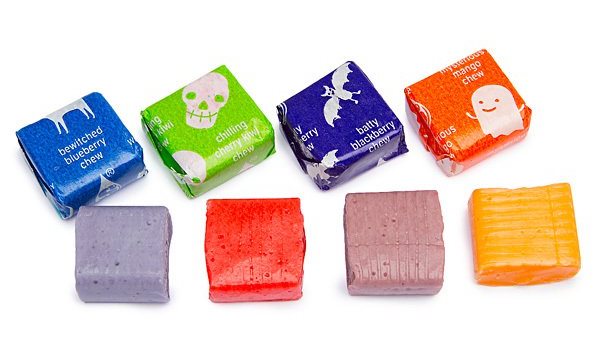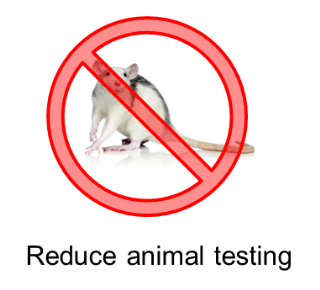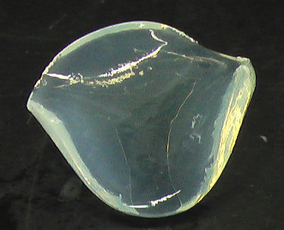
A Bit of a Stretch
Given that today is Halloween, this blog entry started with the question of what is the most popular candy? For Massachusetts, the home of Cambridge Polymer Group, that candy is Starburst.[1] Starburst bears a loose association with taffy, which is a candy made by stretching a heated mass of sugar. The act of pulling taffy […]
Move a Mussel
Biofouling, the adhesion of sea life to ships’ hulls, is a serious problem for all marine vessels. The sticky stowaways significantly increase the hull’s friction; the resulting drag decreases boat speed and increases fuel consumption by up to 40%. In the past, the most effective solution was to dry-dock the boat and manually remove the […]

Leachable Studies of Medical Devices in Complex Biological Environments
Thursday, October 12, 2:10 p.m. EST Adam Kozak, a senior research scientist at Cambridge Polymer Group, presents “Leachable Studies of Medical Devices in Complex Biological Environments” at Eurofins Lancaster Laboratories’ Extractables and Leachables Symposium for Drugs and Devices in Pennsylvania. Detailed Extractables/Leachables Studies Extractables and leachables studies usually follow a two-step program. In the first […]

Fatty Acid and Triglyceride Analysis: Linseed Oil
Figure 1: On left, flax seeds, the source of linseed oil. On right, a representative triglyceride found in a linseed oil. Linseed oil is derived from flax seeds (Fig 1; typically via pressing and solvent extraction methods). In the presence of oxygen, it polymerizes to form a rigid and hydrophobic solid through a highly exothermic […]

CPG Awarded Patent for Degradable Hydrogel
Cambridge Polymer Group has received notification of the award of their patent “Thiolated PEG-PVA Hydrogels” (14/328,176). This patent describes a new way of creating hydrogels from a conventional biomaterial poly(vinyl alcohol). The resulting hydrogels cure under physiological conditions with no toxic crosslinkers or bi-products and can be tuned to degrade over periods of weeks. They […]
